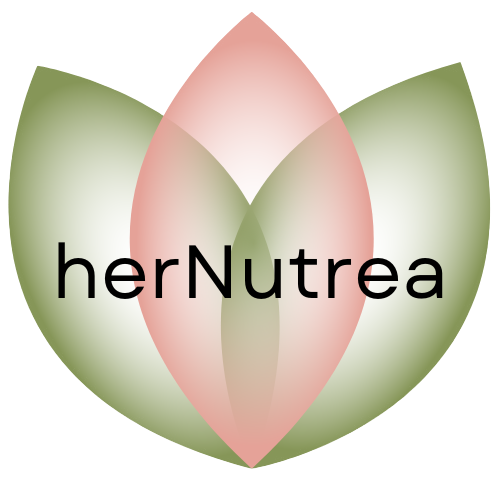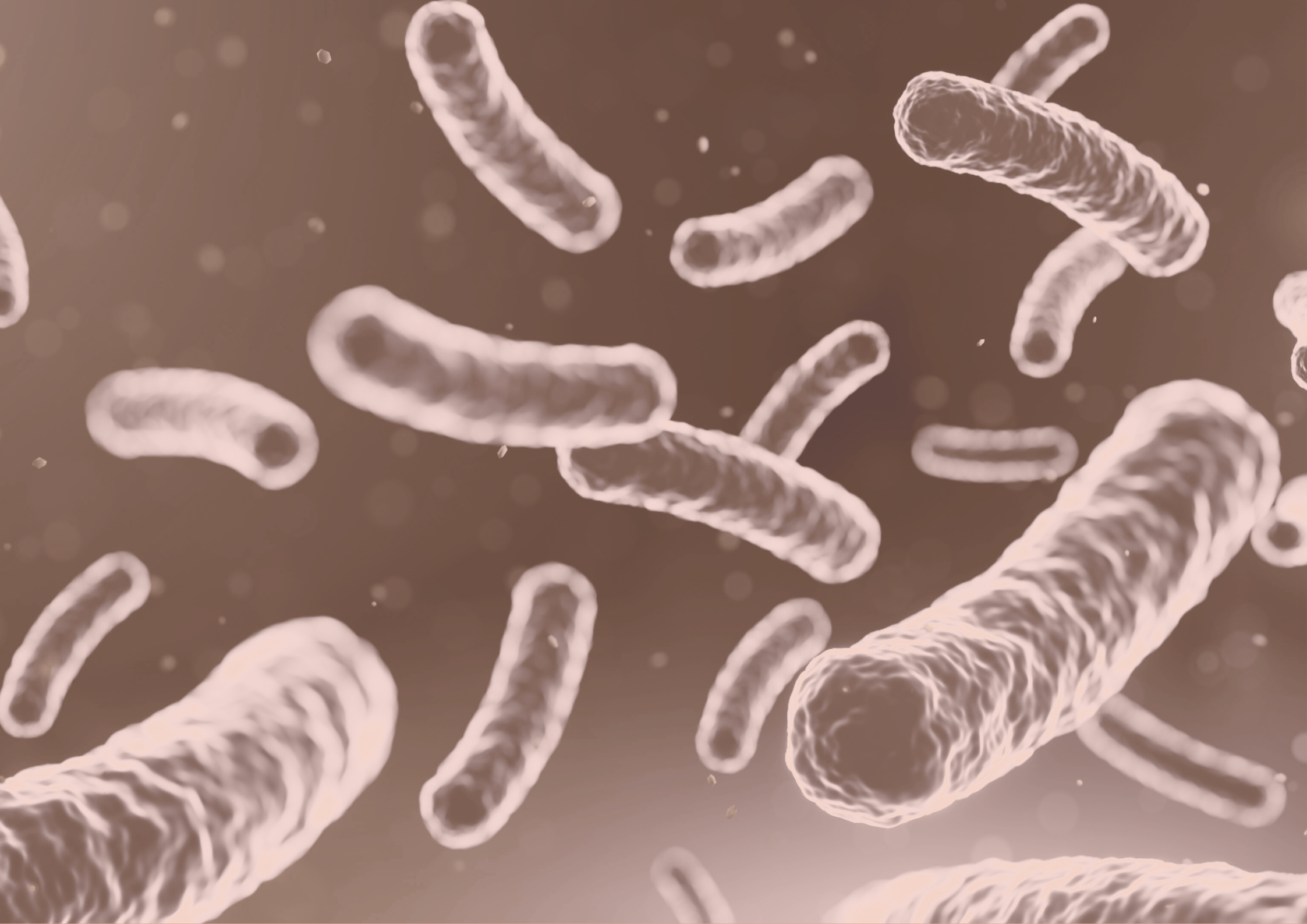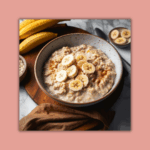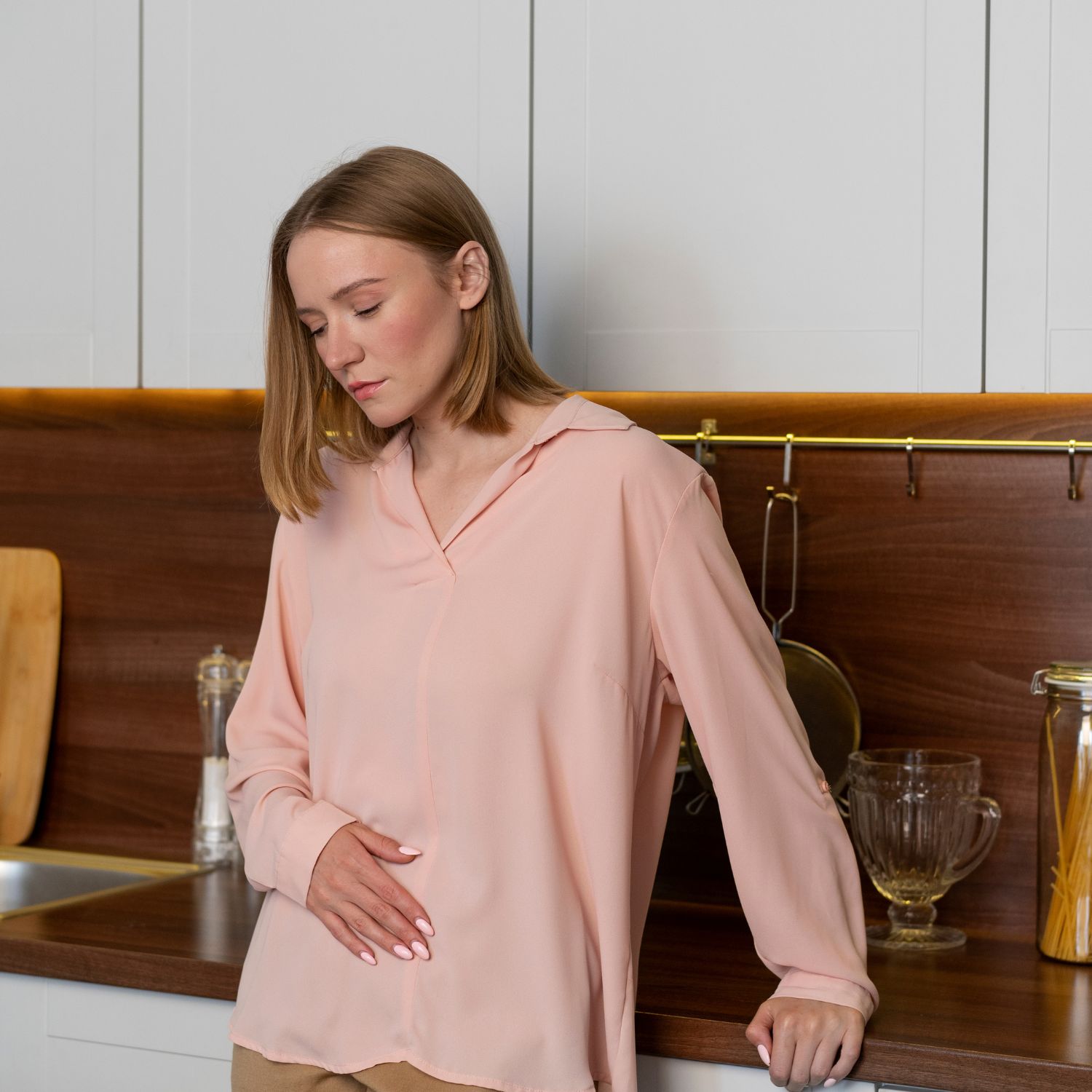Learn what Lactobacillus plantarum 299v is, what the research shows for IBS‑like symptoms and iron absorption, who it can help, and how to use it safely, written in herNutrea’s science‑made‑simple. L-plantarum-299v-menopause-gut-health If you’ve been dealing with bloating, abdominal discomfort, or low iron stores, you’ve probably noticed a theme with probiotics: benefits are strain‑specific. One of …
Learn what Lactobacillus plantarum 299v is, what the research shows for IBS‑like symptoms and iron absorption, who it can help, and how to use it safely, written in herNutrea’s science‑made‑simple.
L-plantarum-299v-menopause-gut-health
If you’ve been dealing with bloating, abdominal discomfort, or low iron stores, you’ve probably noticed a theme with probiotics: benefits are strain‑specific. One of the best‑researched strains for digestive comfort, and with intriguing data for iron absorption, is Lactobacillus plantarum 299v.
What exactly is L. plantarum 299v?
L. plantarum 299v (often shortened to “L. plantarum 299v” or “LP299v”) is a named probiotic strain that survives the journey through the GI tract and can temporarily adhere to the gut lining. Those features help it interact with the gut environment in ways that may alleviate IBS-type symptoms, such as bloating and abdominal pain. In plain terms, it’s one of the few strains with multiple human trials behind it.
You’ll find it in supplements that list the full name and strain code “Lactiplantibacillus plantarum 299v” or “DSM 9843” on the label. Fermented foods are great, but they don’t reliably provide this exact strain at a consistent dose.

What does the research say?
IBS‑like symptoms (pain, bloating, stool frequency). A multicentre, double‑blind, placebo‑controlled clinical trial in 214 adults with IBS found that 4 weeks of L. plantarum 299v (10 billion CFU daily) reduced both the frequency and severity of abdominal pain and bloating versus placebo. By week 4, 78% rated their improvement as “good” or “excellent” compared with 8% on placebo World Journal of Gastroenterology, 2012. Earlier randomized trials also reported improvements in gas and pain, though some were smaller or single-centred.
Iron absorption and iron status. Several open‑access studies suggest L. plantarum 299v can enhance non‑heme iron absorption from food or drinks:
- In healthy women of reproductive age, adding L. plantarum 299v to an iron‑fortified fruit drink increased iron absorption by roughly 50% compared with the same drink without the probiotic British Journal of Nutrition, 2015.
- A follow‑up trial using freeze‑dried L. plantarum 299v replicated increased iron absorption in menstruating women PLOS One, 2017.
- In female athletes with low iron stores, a randomized trial suggested supplementation alongside oral iron improved ferritin more than iron alone, with a trend toward significance Nutrients, 2020.
- A small randomized feasibility study in pregnancy showed a slower decline in maternal iron parameters across gestation with daily L. plantarum 299v plus prenatal iron versus placebo plus prenatal iron Nutrients, 2023.
Together, these findings point to a practical role for L. plantarum 299v when digestive comfort and iron support are priorities.
Why does this matter for perimenopause and menopause?
Hormone shifts can change gut motility and sensitivity, so midlife often brings more bloating and irregularity. If your pattern looks like IBS, abdominal discomfort with bloating and variable stools, L. plantarum 299v is one of the few strains with consistent human data over 4–8 weeks for symptom relief. For those in perimenopause with heavy cycles or historically low iron stores, the iron‑absorption data add another reason to consider a time‑bound trial alongside your clinician’s plan.
As always, a probiotic is a nudge, not a magic wand. We pair strain‑specific guidance with personalised nutrition, fibre you tolerate, and nervous‑system support to help your gut–brain axis settle.
How to choose and use L. plantarum 299v
Look for the full strain on the label: “Lactobacillus plantarum 299v” (often with “DSM 9843”). Typical study doses are around 10–20 billion CFU once daily, preferably with food, for 4–8 weeks. Track your top 1–2 symptoms weekly (for example, end‑of‑day bloating and pain). If nothing changes by week 6–8, it’s reasonable to stop and reassess. If gas or distension worsens, pause sooner and consider a different category of probiotic or focus first on gentle diet adjustments.
Quality matters. Choose products that list CFU at the end of shelf life and specify storage. Products that say only “L. plantarum” without “299v” are not the same.
Pairing with diet and lifestyle
This strain slots neatly into a gut‑friendly routine: gradually increase soluble fibres you tolerate (oats, psyllium, partially hydrolysed guar gum), layer in polyphenol‑rich plants (berries, extra‑virgin olive oil, green tea), and use low‑lactose or lactose‑free dairy if you’re sensitive. Walking after meals, breath work, and consistent bedtimes support the gut–brain axis that influences pain and motility.
Safety first
Probiotics are widely used and generally well tolerated, but avoid them if you are severely immunocompromised, critically ill, or have a central venous catheter unless your specialist advises otherwise. If you have short‑bowel syndrome or a history of D‑lactic acidosis, use only with medical guidance. If you’re pregnant, breastfeeding, or on multiple medications, check in with your clinician. For most healthy adults, side effects, if any, are mild and temporary.
Key takeaways
L. plantarum 299v is a named, well‑studied probiotic strain. In multiple human trials, it has eased IBS‑like symptoms over 4–8 weeks and, in separate studies, increased non‑heme iron absorption in women. It’s not a cure‑all, but for midlife women navigating bloating and iron challenges, it’s a smart, time‑bound experiment within a broader nutrition and lifestyle plan.
This article is for education only and isn’t a substitute for personalised medical advice.
References :
- Ducrotté P, Sawant P, Jayanthi V. Clinical trial: Lactobacillus plantarum 299v (DSM 9843) improves symptoms of irritable bowel syndrome. World J Gastroenterol. 2012;18(30):4012–4018. https://pmc.ncbi.nlm.nih.gov/articles/PMC3419998/
- Hoppe M, Önning G, Berggren A, Hulthén L. Probiotic strain Lactobacillus plantarum 299v increases iron absorption from an iron‑supplemented fruit drink: a double‑isotope cross‑over single‑blind study in women of reproductive age. Br J Nutr. 2015;114(8):1195–1202. PubMed with free PMC link noted: https://pubmed.ncbi.nlm.nih.gov/26428277/
- Hoppe M, Önning G, Hulthén L. Freeze‑dried Lactobacillus plantarum 299v increases iron absorption in young females—Double isotope sequential single‑blind studies in menstruating women. PLOS One. 2017;12(12):e0189141. https://journals.plos.org/plosone/article?id=10.1371/journal.pone.0189141
- Axling U, Önning G, Combs MA, et al. The Effect of Lactobacillus plantarum 299v on Iron Status and Physical Performance in Female Iron‑Deficient Athletes: A Randomized Controlled Trial. Nutrients. 2020;12(5):1279. https://www.mdpi.com/2072-6643/12/5/1279
- OjiNjideka Hemphill N, Pezley L, Steffen A, et al. Feasibility Study of Lactobacillus plantarum 299v Probiotic Supplementation in an Urban Academic Facility among Diverse Pregnant Individuals. Nutrients. 2023;15(4):875. PubMed with free PMC link: https://pubmed.ncbi.nlm.nih.gov/36839232/







